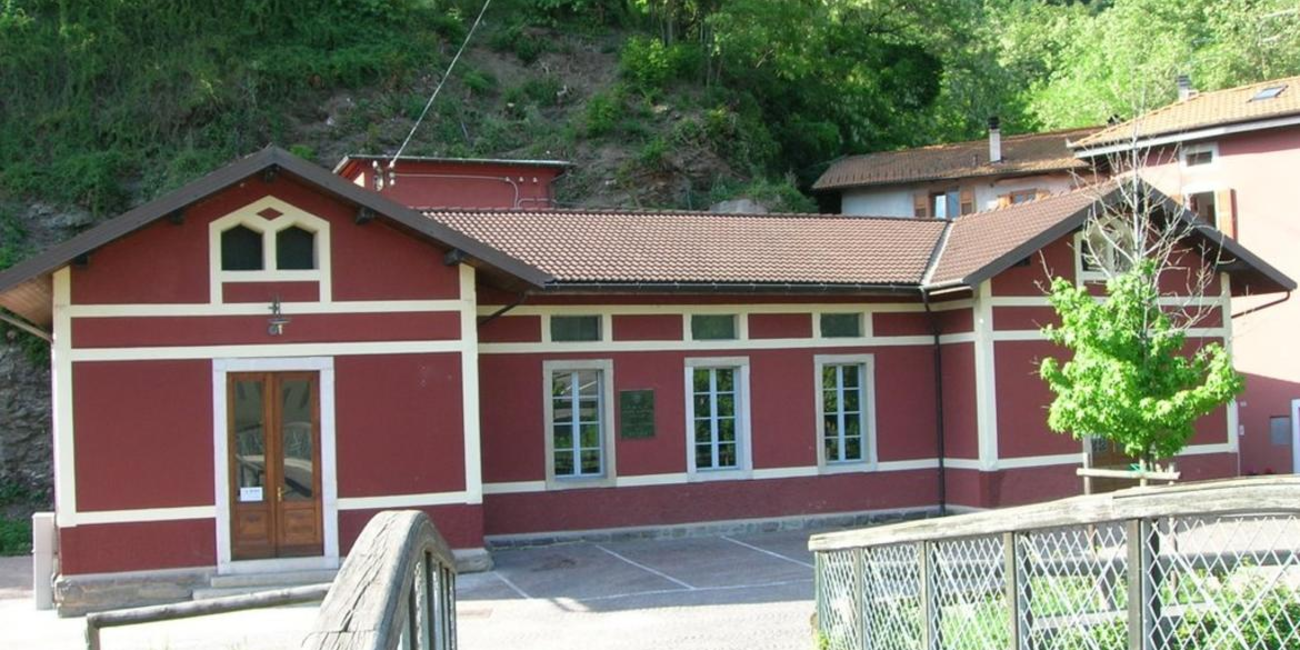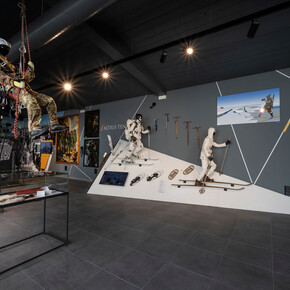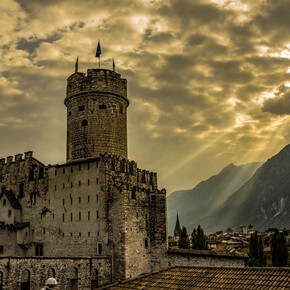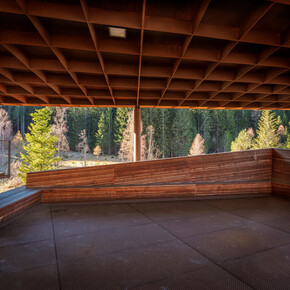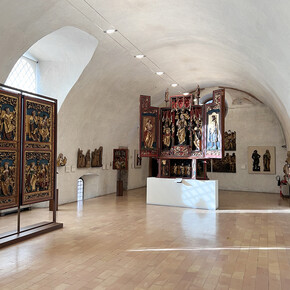Museo della Centrale idroelettrica
In 1891 there were very few power plants operating in the world, most of them powered by steam engines and only a few with turbines driven by a waterfall: in 1893 a large hydroelectric plant came into operation at the Niagara Falls (USA) and, almost unbelievably, on the old continent the Serso Hydroelectric Power Plant at Pergine with three-phase alternating current.
It was commissioned by the Municipality of Pergine on the initiative of eight of its citizens. The production of electricity profoundly changed the standard of living for the inhabitants of Pergine: just think of the lighting with electric lamps in homes and public streets compared to oil lamps; industrial and artisan activities had new energy for the uses of driving force in the most comfortable places without being linked to waterfalls along the streams. The new plant initially produced the power of 100 horsepower using a waterfall of 188 meters of the Rio Nero and a water flow rate varying from 50 to 150 liters per second; upstream of the Power Plant, a dam was built whose basin of about 6,000 cubic meters of water compensated for the seasonal variations in the flow rates of the Rio Nero: from it a forced metal conduit carried (and carries) the water to the plant from which the electricity produced was (and is) distributed in the town of Pergine with special lines and electrical cabins. Subsequent modifications to the Plant's machinery increased its power to the current 176 kilowatts, equal to about 240 horsepower.
Despite being a modest power compared to that currently absorbed by users in the Municipality of Pergine, the production of electricity in Serso has been and still is a low-cost and non-polluting source of energy for the environment.

